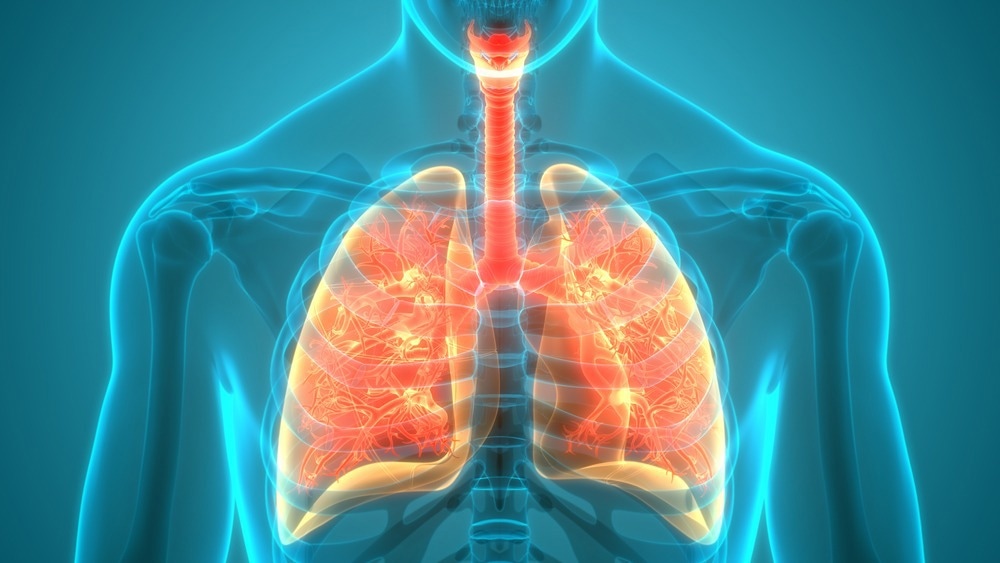A mutation in the CFTR gene results in cystic fibrosis (CF). Despite the fact that there are many hundreds of identified mutations, not all of them can now be treated, leaving a sizable portion of CF patients without access to targeted medicines.

Image Credit: Magic mine/Shutterstock.com
Scientists at Boston University School of Medicine (BUSM) set out to use blood cells from people with CF to create patient-specific induced pluripotent stem cells (iPSCs) and produce lung epithelial cells in the laboratory in an effort to find novel treatments for these patients.
These lung cells are active and remarkably identical to the patient’s lung cells. They have developed a cutting-edge platform to find successful medications for patients who are at present without treatment options using these “lung cells in a dish.”
This model system can be used to identify new treatments for those CF patients who continue to struggle without therapies. More broadly, the functional lung cells we are able to create have the power and potential to model various lung-specific diseases including asthma, COPD, CF, primary ciliary dyskinesia, as well as viral infections.”
Andrew Berical MD, Study Lead Author and Assistant Professor, Medicine, Boston University School of Medicine
The scientists experimented with both licensed and untested CF medications while creating lung cells from 12 different donors. Patients’ cells with curable mutations responded as expected. In a safe, non-invasive method, cells from patients with incurable mutations could be used to develop fresh and experimental treatments.
The study’s senior author, Finn Hawkins, MBBCh, and Berical claim that their work opens the door to a variety of uses for iPSC-derived lung cells.
To generate cells (initially from a blood draw) that are similar to actual lung cells, suggests the possibility of using these cells as both a safe drug testing platform as well as a potential treatment themselves.”
Andrew Berical MD, Study Lead Author and Assistant Professor, Medicine, Boston University School of Medicine
“For example if a genetic alteration (such as a CFTR mutation) can be corrected (in the lab), we may one day have the ability to make genetically-edited lung cells and put them back into a patient, thus curing them of their lung disease,” adds Berical who also is a member of the BU/BMC Center for Regenerative Medicine.
By creating lung cells that are identical to an individual’s own lung cells in terms of structure and function, the researchers are hoping to one day find safe, powerful, and life-changing drugs for people who are still suffering in the absence of effective treatments.
Source:
Journal reference:
Berical, A., et al. (2022) A multimodal iPSC platform for cystic fibrosis drug testing. Nature Communications. doi.org/10.1038/s41467-022-31854-8.